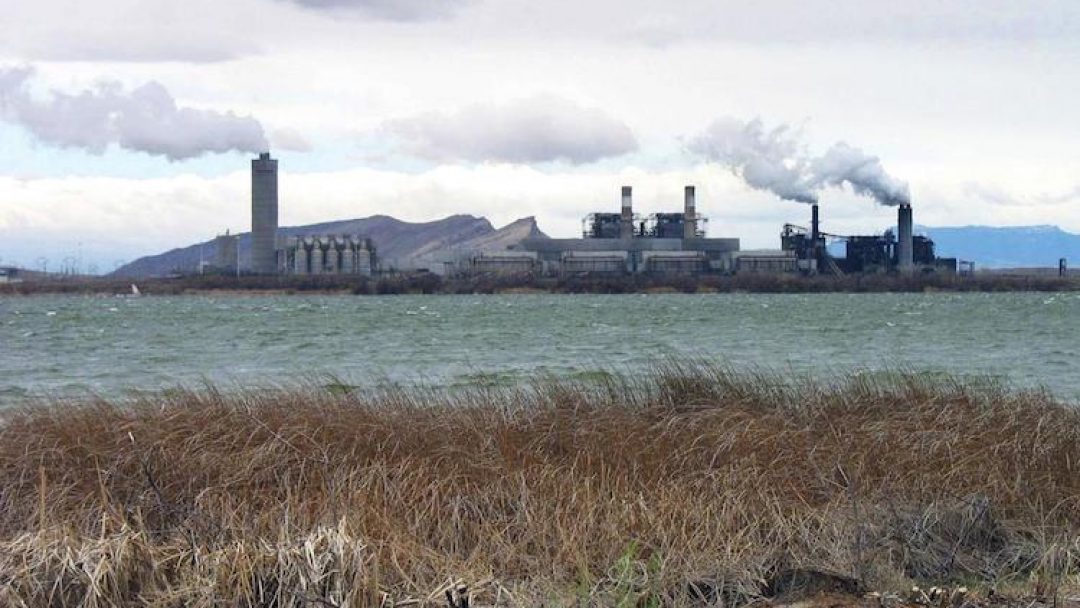The coal-fired Four Corners Power Plant near Farmington, New Mexico, will provide less power to Arizona under a new operating plan, Arizona Public Service Co. said Friday.
APS owns the majority of the plant and runs it for other co-owners. The company has a pledge to move to carbon-free energy sources by 2050 and close Four Corners by 2031.
What is new is that one of the two generators at the plant will only operate seasonally starting in fall 2023, while the other continues to run year-round, according to APS.
“Four Corners has provided reliable and affordable electricity for almost 60 years, fostering economic growth and prosperity in cities and towns throughout the region,” said Jacob Tetlow, APS senior vice president of operations. “With seasonal operations, the plant will continue to be a critical source of reliable electricity when our customers need it most and enable a responsible transition to a cleaner energy future.”
The generator at the plant that will run seasonally will operate mostly from June to October when power demand is highest in the region, he said. The seasonal curtailment will reduce emissions from the plant, including carbon, by 20-25%, according to APS.
The changes to seasonal operations will not affect the workforce. Tetlow said APS will avoid job cuts by using the workers on staff for jobs that contractors might previously have filled.
PNM Resources Inc. of New Mexico, Tucson Electric Power Co., Salt River Project, and the Navajo Transitional Energy Co. also co-own the plant.
PNM has plans to transfer its share of the plant to NTEC in 2024, and the move to seasonal operations is timed to that deal, offering a solution to keep the plant open as one company exits its participation.
The other owners agreed to the curtailment plan, according to APS.
“The plant is absolutely needed as a summertime resource to serve the load,” Tetlow said. “It really is an exciting opportunity to put the plant in a more efficient position.”
APS customers require a power supply of about 7,600 megawatts on summer days, and less than half that in the cooler months.
The plant and mine that supply it are critical to the economy of the Navajo Nation, which lost a coal mine on tribal land in Arizona in 2019 and the Navajo Generating Station power plant near Page where many Navajo worked.
Four Corners Power Plant employs about 325 people, and about 80% of them are Native American.
Another 360 or so people work at the coal mine next to the plant, which is owned by NTEC, an entity the Navajo Nation created to buy the mine.
APS has proposed a plan to offer $144 million to assist tribes and other communities near closing coal facilities, which include the Cholla Power Plant in Joseph City, which will close by 2025.
The move follows a series of closures and curtailments that have dramatically reduced coal power in the U.S. in recent years, particularly in the West, where several states have enacted clean-energy requirements and boosted their reliance on natural gas.
In 2013, APS closed three generators at the plant that opened in the 1960s.
That was part of a $182 million plan to follow environmental regulations, where APS also bought a larger stake in the two remaining generators.
Units 4 and 5, the two that remain operating, were larger, cleaner burning and didn’t need as much investment to meet Environmental Protection Agency regulations on haze.
APS owned 15% of Units 4 and 5 and bought an additional 48% stake in them from Southern California Edison.
APS also added environmental controls in 2018 called “selective catalytic reduction” that reduced pollution tied to smog by 88%.
In 2018, APS asked regulators for a $67 million rate increase to cover the cost of the new equipment.
But that rate increase was delayed by a challenge to the company’s previous rate hike, and so the increase was rolled into a new rate-hike request the company made in 2019.
Regulators at the Arizona Corporation Commission have held hearings on that case and are likely to decide on it this year.
When APS filed the rate case, it asked for another $184 million annual increase, though that request was reduced to $169 million. That would raise residential bills about 4.9% on average, according to APS.








